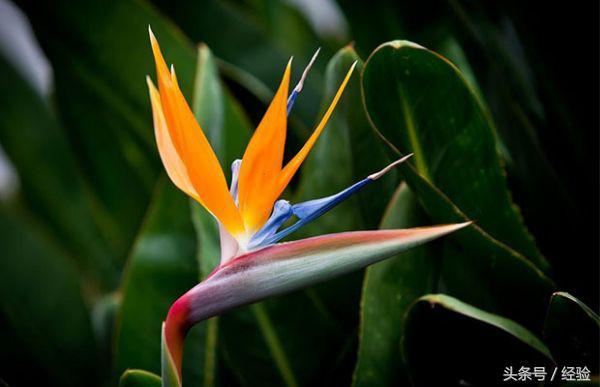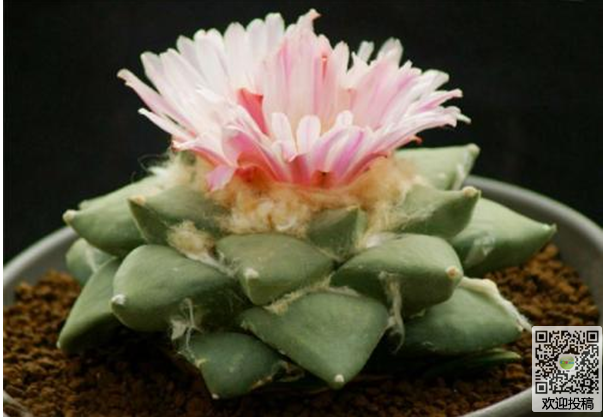Culture methods and Disease and Pest Control of Prunus mume
The color of five-colored plums will change with the time of flowering. She can see flowers all the year round and pay attention to the control of diseases and insect pests in the process of reproduction. The following editor introduces the breeding methods and pest control of five-colored plum, hoping to be helpful to you.
Breeding method of five-color plum
1. Fertilizer and water: potted soil is suitable for loose and fertile sandy loam. The requirements are not strict. Fermented liquid fertilizer is applied every 10 days in the growing season. At the same time, watering is applied and 3% urea is sprayed twice every 10 days. Make the leaves thicker and greener. When planting, organic fertilizer is used as base fertilizer, and initial watering is used to promote growth. When growing vigorously, irrigation can be reduced, and vine branches can be buried in the soil in open field cultivation and can gradually expand into large groups.
two。 Sunshine: the five-colored plum is sunny and can maintain the environment in the sunny season outdoors. Even in summer, there is no need for sunshade, but ventilation is needed. If the light is not enough, the plant grows very long, the stem is very slender, and the flowering is very few, which seriously affects the ornamental.
3. Pruning: the color of five-colored plum is growing rapidly. In the process of cultivation, the branches and leaves that affect the shape should be cut off in time to maintain the beautiful appearance of the trees. After each flower, the long branches will be cut short and the plants will be planted once before the autumn and winter begins to enter the house. Re-cut, appropriately cut the branches for a year. In winter, the sun shines indoors. If the room temperature can be maintained above 15 °C, plants can grow and bloom normally and should be properly watered, fertilized and pruned. If you can't keep the temperature so high, control watering, stop fertilizing, make the plant dormant, and survive the winter safely at 8 °C. Spring is turned once a year, pruning and pruning plants, cutting branches, weak branches and other branches that affect the shape of the tree.
Pest Control of Prunus mume
1. Grey mold disease
[symptoms] the pathogen first invaded from the petals. After onset, the disease is watery, soft, faded and tarnished. Later, the petals turn brown and rotten, and the flowers fall off. Under moist conditions, a gray mold layer is formed on the surface of the diseased site.
[route of infection] pathogens winter on diseased plant residues through sclerotia or mycelia. H spring produces resistance, wind and rain, insect pests, low temperature and high humidity, poor ventilation, which is conducive to the development of the disease. The disease occurs more often in greenhouses.
[control methods] pay attention to ventilation, reduce humidity and reduce the occurrence of diseases. Pick flowers in time, burn them or bury them in the soil, so as to reduce the source of disease. In the early stages of the disease, it can be sprayed with 100 Bordeaux, or 2000 times 50% wettable powder, or 1500 times 50% Puhai wettable powder, once every two weeks, as appropriate.
two。 Leaf nematode
[symptoms] when the leaves are invaded by nematodes, the leaves become lighter and have light brown spots, gradually darkening to almost black. As the lesion expands, it becomes keratosis due to the limitation of the receptor and the lateral vein. In severe cases, the entire blade is dead, wound and drooping along the stem. Most nematodes in slightly discolored areas have only a small number of nematodes on the leaves, which have turned dark brown or black.
[route of infection] Leaf nematodes survive the winter in newspapers and surrounding soil, diseased plant residues and wild hosts. It is located on very small residual leaves and can survive in the soil for 6 to 7 months. The whole developmental process of the nematode is completed in the invaded tissue. When the condition is suitable (22-25 °C, sufficient humidity), it takes only 14 days to develop from egg to female adult egg. It is usually spread by water droplets, irrigation water and diseased leaves, and remotely through artificially transmitted diseased leaves, flowers, stems, cuttings and soil. Invade from the stomata in the leaves.
[control methods] strengthen quarantine to prevent leaf nematodes and their reproductive materials from entering disease-free areas. Gardening control of potted soil should prohibit soil and grass, improve watering methods, do not pour, and keep the leaves dry as far as possible. Potted flowers should have appropriate gaps and do not let the leaves touch each other. To control pesticides, 15% alfalfa particles can be used, 5-6 grams per square meter of potted soil, or 2-3 grams of pots with a diameter of about 25 centimeters. Or use 3% carbofuran, 3 to 5 grams per basin into the soil. During the critical period, it can also spray 50% chlorpyrifos emulsion, 50% good ester and 50% carbaryl wettable powder 1000 times.
The breeding value of Prunus mume
1. Connoisseur: five-color plum blossom, green trees and flowers, all the year round, beautiful, long flowering, bright colors, red, orange, yellow, pink, white and so on. Some flowers are yellow or pink when they are opened for a good time, gradually become orange or orange, and later become red. The flowers are small and chic, very beautiful, and have a certain ornamental value.
2, bonsai: five-color plum blossom twigs are soft, suitable for making all kinds of bonsai, can be processed into single dry, double dry, water-based, oblique dry and other forms of bonsai, but also suitable for household furnishings. Because of the large size of the leaves, the crown is usually made of natural, chic shapes, or can be deliberately shaped into circles.
Time: 2019-05-08 Click:
- Prev

How to plant Clematis paniculata
Breeding methods and precautions of Strelitziareginae, also known as the flowers of birds of paradise and the flowers of birds of paradise, are also good precious flowers in China. Its flowers are very delicate, dignified, generous and charming, and are called indescribable flowers.
- Next

How to maintain Rock Peony in four Seasons
Rock peonies have hair. After growing for a few years, it will grow a large pink or yellow flower. It needs enough water in the growing season, but it can't accumulate water. It needs to be cold in winter to keep the soil dry and more hardy. How to maintain it? The following editor introduces the maintenance method of rock peony in four seasons. I hope you all like it.
Related
- Fuxing push coffee new agricultural production and marketing class: lack of small-scale processing plants
- Jujube rice field leisure farm deep ploughing Yilan for five years to create a space for organic food and play
- Nongyu Farm-A trial of organic papaya for brave women with advanced technology
- Four points for attention in the prevention and control of diseases and insect pests of edible fungi
- How to add nutrient solution to Edible Fungi
- Is there any good way to control edible fungus mites?
- Open Inoculation Technology of Edible Fungi
- Is there any clever way to use fertilizer for edible fungus in winter?
- What agents are used to kill the pathogens of edible fungi in the mushroom shed?
- Rapid drying of Edible Fungi

